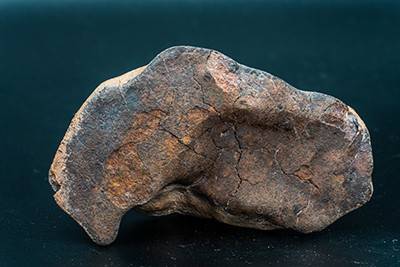
Thanks to the James Webb Space Telescope’s first images of galaxy clusters, researchers have, for the very first time, been able to examine very compact structures of star clusters inside galaxies, so-called clumps. In a paper published in the Monthly Notices of the Royal Astronomical Society, researchers from Stockholm University have studied the first phase of star formation in distant galaxies.
“The galaxy clusters we examined are so massive that th...
Read More









Recent Comments